So far 2020 seems to be hitting us with bad news after bad news causing a lot of despair, however, there are some conservation success stories that we can celebrate this year
Following on from our six conservation success stories of 2019, we celebrate some of the highs that 2020 has bought for nature and wildlife.
1. Farmers hatch plan to return area the size of Dorset to wild nature
The first of our top conservation success stories of 2020 is farmers rewilding agricultural land.
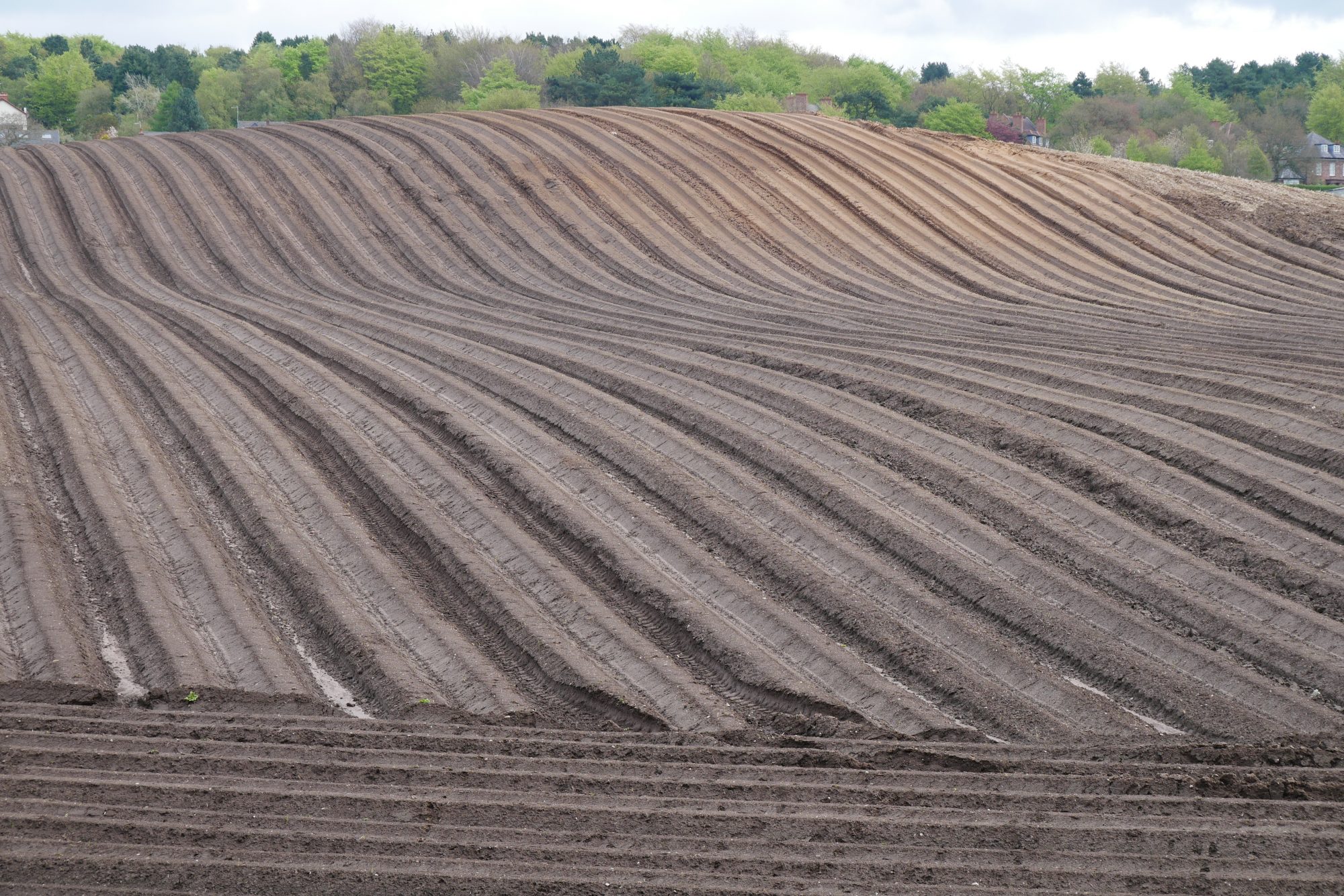
A group of farmers have proposed a radical plan to return an area the size of Dorset to nature and reintroduce beavers, lynxes and pelicans to the British countryside.
The charity, WildEast, aims to dedicate around 250,000 hectares of East Anglia, Britain’s most intensely farmed region, to wildlife over the next five decades.
WildEast was founded by three farmers in the intensively farmed region. Argus Hardy, Hugh Somerleyton and Olly Birkbeck own over 3,200 hectares on their family farms in Norfolk and Suffolk. Their aim is to dedicate 250,000 hectares of East Anglian land to wildlife as well as working with schools to enhance children’s knowledge of farming and wildlife and creating an accreditation system to boost wildlife-friendly farmers.
Somerleyton said: “We want to wake up the regional collective consciousness. If you’re prepared to rewild 20% of your backyard, that humbles the farmer because you’re not getting a grant for it. We in the east want to do it together and not wait for the government.”
WildEast have already gained support across the region from farmers as well as vicars, teachers, conservation projects and industrial estate owners.
Somerleyton is creating a 400-hectare enclosure of wood pasture, restored grassland and heathland with free-roaming large black pigs and Exmoor ponies on his estate.
Subsidies for wildlife
The old EU subsidy system in effect paid farmers to give about 4% of their land to wildlife. Under the government’s Brexit plans, farmers could be supported to turn 10% of their land to wildlife, although Somerleyton said farmers needed to reverse post-war losses in biodiversity without subsidies.
Somerleyton explained: “We’ve been driving around in Range Rovers and going on skiing holidays. In East Anglia it’s been very rewarding being in agriculture. I sound like I’m biting the hand that feeds me, but we have been very protected from the troubles of other industries. The awful thing is that protection, not deliberately, has accelerated nature decline. Farmers have become pretty grant dependent. This movement is about trying to move the needle.”
Hardy added: “There’s a lot of blame put on farmers. They are seen as the people who need to make the change. WildEast is about broadening the focus – it’s about all of us, our gardens, how people are eating, what people are eating, and local food markets.”
Hardy would be happy to farm alongside reintroduced lynx, despite being a sheep farmer “We have to accept what’s here and what was here,” he said. “Far more sheep are killed by parasites than lynx, where they are present in natural ecosystems. Worms are a much greater threat.”
WildEast hopes that its system will assist East Anglian farmers in using restorative agriculture. Encouraging long rotations that revive soil and micro-organisms or high-welfare, natural outdoor grazing finds markets which could also help them to obtain higher food prices.
Birkbeck has restored a 200-hectare heathland that was ploughed up during the Second World War. He said the younger generation of farmers are increasingly aware that change is needed towards more chemical free farming practices and more protection for soil is needed.
WildEast supporters include the Chet Valley B-line, a more than 10-mile (17km) corridor of pollinator-friendly habitat, and the Suffolk pig farmers Dingley Dell, who sow wildflower strips alongside their outdoor pig pens, creating a habitat for more than a million bees.
The charity is developing an app so people can add their wilding pledges to “a map of dreams”, whether it be restoring an old pond or creating a hedgehog and slug friendly garden. WildEast hopes councils will also get involved through designating derelict land earmarked for industrial estates with planning consent and setting 20% aside for natural ecosystems.
2. Rare gorillas caught on camera in Nigeria
The second conservation success story of 2020 is the sighting of rare gorillas in Nigeria.
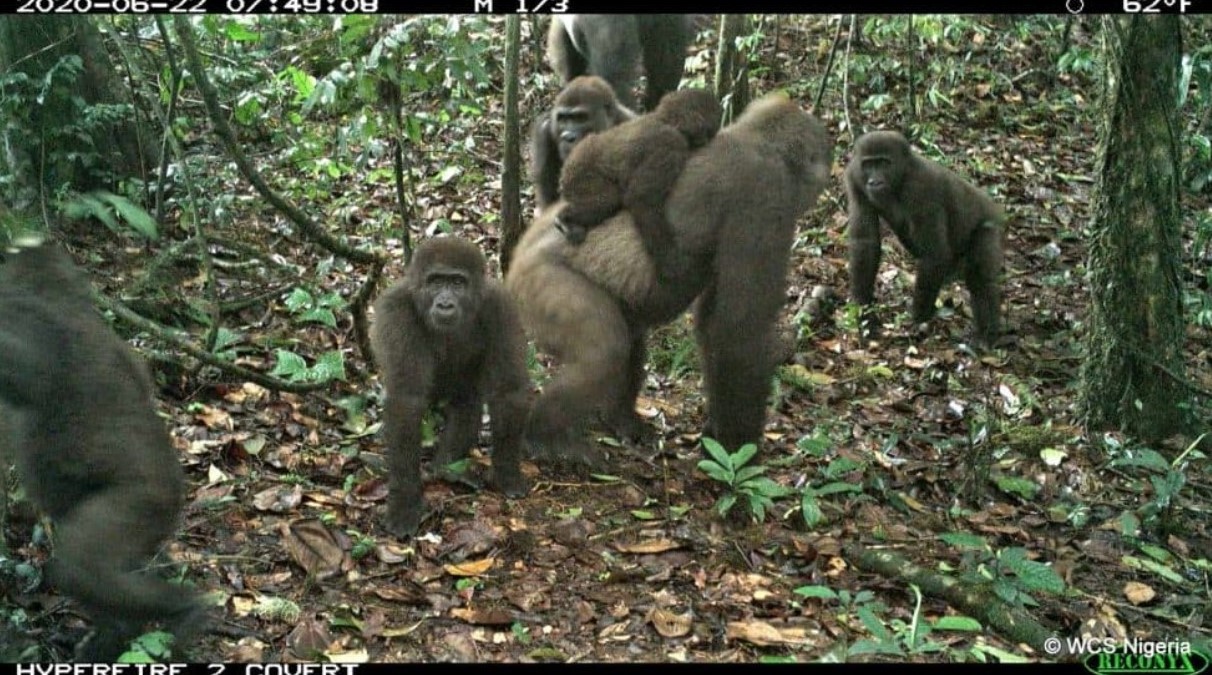
Conservationists have captured seven Cross River gorillas, including infants, on camera suggesting their numbers could be recovering after decades of persecution
The Cross River gorillas are one of the most endangered gorilla subspecies in the world. According to the International Union for Conservation of Nature, at one point there were only about 300 known to be alive within the mountainous area in Nigeria and Cameroon.
Seven Cross River gorillas including infants of varying ages were seen in the first known camera-trap images of the species, taken in the Mbe mountains in south-east Nigeria by the Wildlife Conservation Society (WCS).
The gorillas are rarely seen and are thought to be extremely wary of humans following a long history of persecution. They often reside in the deepest, most inaccessible pockets of terrain.
Once thought to be extinct after decades of aggressive poaching, the gorillas were rediscovered in the 1980s. Conservationists believe there are about 100 gorillas in Nigeria and another 300 inhabiting a 12,000 sq km mountainous forest expanse stretching over the border into Cameroon.
The images of the gorillas are the clearest sign of the species’ gradual resurgence, said Inaoyom Imong, director of WCS Nigeria’s Cross River Landscape project.
“It is extremely exciting to see so many young Cross River gorillas – an encouraging indication that these gorillas are now well protected and reproducing successfully after previous decades of hunting,” Imong said.
Although the images have given hope to conservationists, Imong said better protections for the gorillas were still needed. “While hunters in the region may no longer target gorillas, the threat of hunting remains, and we need to continue to improve the effectiveness of our protection efforts.”
A team of 16 guards from local communities, supported by the WCS, conduct patrols of the sanctuary to protect gorillas and other wildlife. Conservationists also monitored the gorillas’ activity by identifying their nests, dung and feeding trails. There have been only a handful of sightings in the last decade.
Otu Bernard Eban, the head of the local Abo clan, said poverty a lack of awareness had heightened the threats to several engaged species in a region rich in biodiversity. “Seeing this today rekindles my hope,” he said.
He urged authorities to “further strengthen our local laws to protect Cross River gorillas in the Mbe mountains”.
3. Wild bison to be reintroduced to UK for first time in 6,000 years
2020 is set to see the reintroduction of European Bison to the UK for the first time in thousands of years.
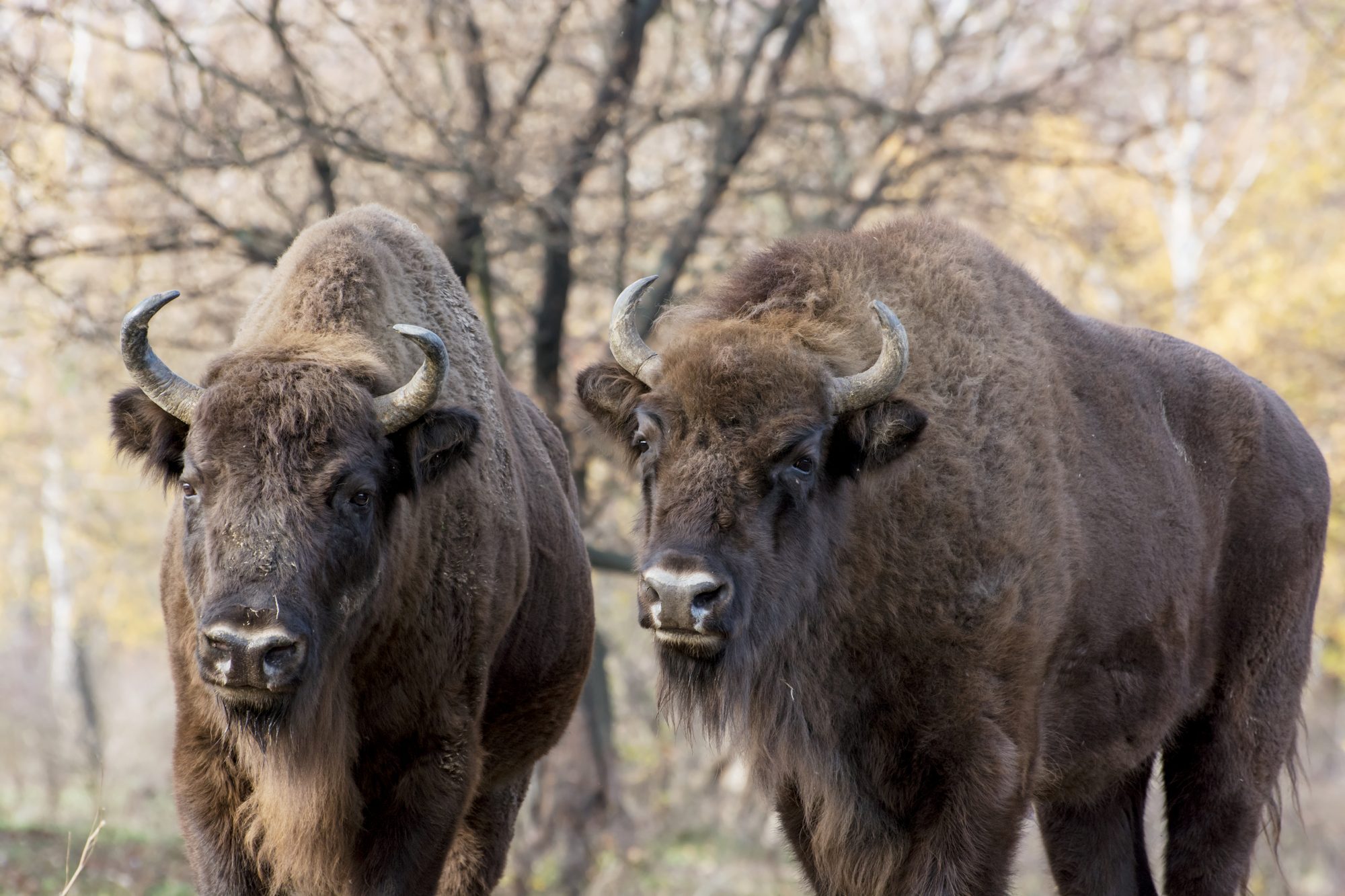
Wild bison will soon be roaming UK woodlands for the first time in 6,000 years thanks to a £1m project to restore local wildlife.
Kent Wildlife Trust and the Wildwood Trust are overseeing the plan to import and release European bison at Blean Woods, a former pine wood plantation near Canterbury.
The European bison, which will be reintroduced to the area by spring 2022, is the closest living relative to the ancient steppe bison, which once roamed in the UK.
The bison will come from the Netherlands or Poland, where previous reintroductions have proved successful. The release will include one male and three females and natural breeding is expected to increase the size of the herd.
Rewilding our nature depleted country
According to the WWF, the UK is one of the most nature depleted countries in the world. More than one in seven native species face extinction and more than half are in decline.
European bison, like beavers, are ecosystem engineers. The Kent Wildlife Trust, one of the conservation organisations leading the project, said the species can “change woodlands in a way that no other animal can.”
“They eat bark and create dust baths which each have benefits for many plants and animals. These are functions that have been missing from our UK woodlands for thousands of years and bringing them back can help restore an abundance of wildlife,” the trust added.
Once the bison have been settled into their fenced area, the general public will be able to visit and watch the animals.
4. Hope for pangolins as protection boosted in China
2020 has seen a small success for the conservation of pangolins as China removed them from the official list of traditional Chinese medicine treatments, shortly after they raised the animals protected status to the highest level.
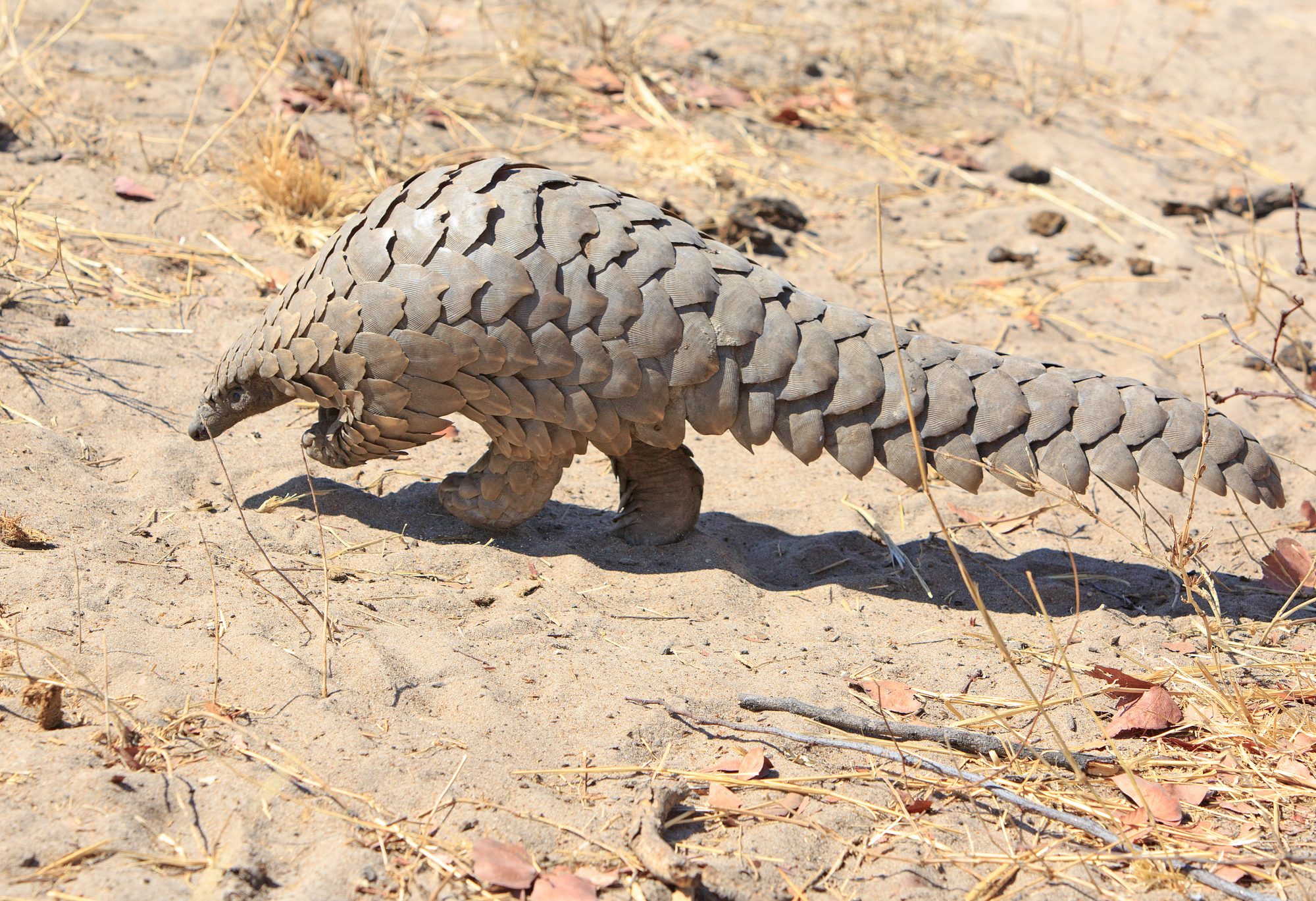
Pangolins are an endangered species as they are targeted by illegal hunters for their scales and meat.
Conservation charities have welcomed the move, Paul Thomson from Save Pangolins, said: “China’s move to phase out pangolin scales from traditional medicines could be the game-changer we have been waiting for. We hope China’s next move will be to enforce the regulations and work to change consumer behaviour.”
China banned the consumption of live wild animals for food in the wake of the Covid-19 pandemic, however, there are certain exemptions, such as for fur or medicine.
Pangolins have been seen as a possible host for coronavirus, although no direct link has been shown. Whether pangolins served as the conduit for the coronavirus or not, it’s time to halt the demand for the most trafficked mammals worldwide.
“Let’s hope that this ban is the first in a series that ultimately ban all wildlife usage in traditional Chinese medicine,” she said.
Pangolins eat ants and other insects and are often known as the scaly anteater. All eight species are protected under international law, but trade has been growing.
5. NSW welcomes new generation of Bilbies, the first in over 100 years
Another one of our top conservation success stories of 2020 is the reintroduction of Bilbies to NSW in Australia.
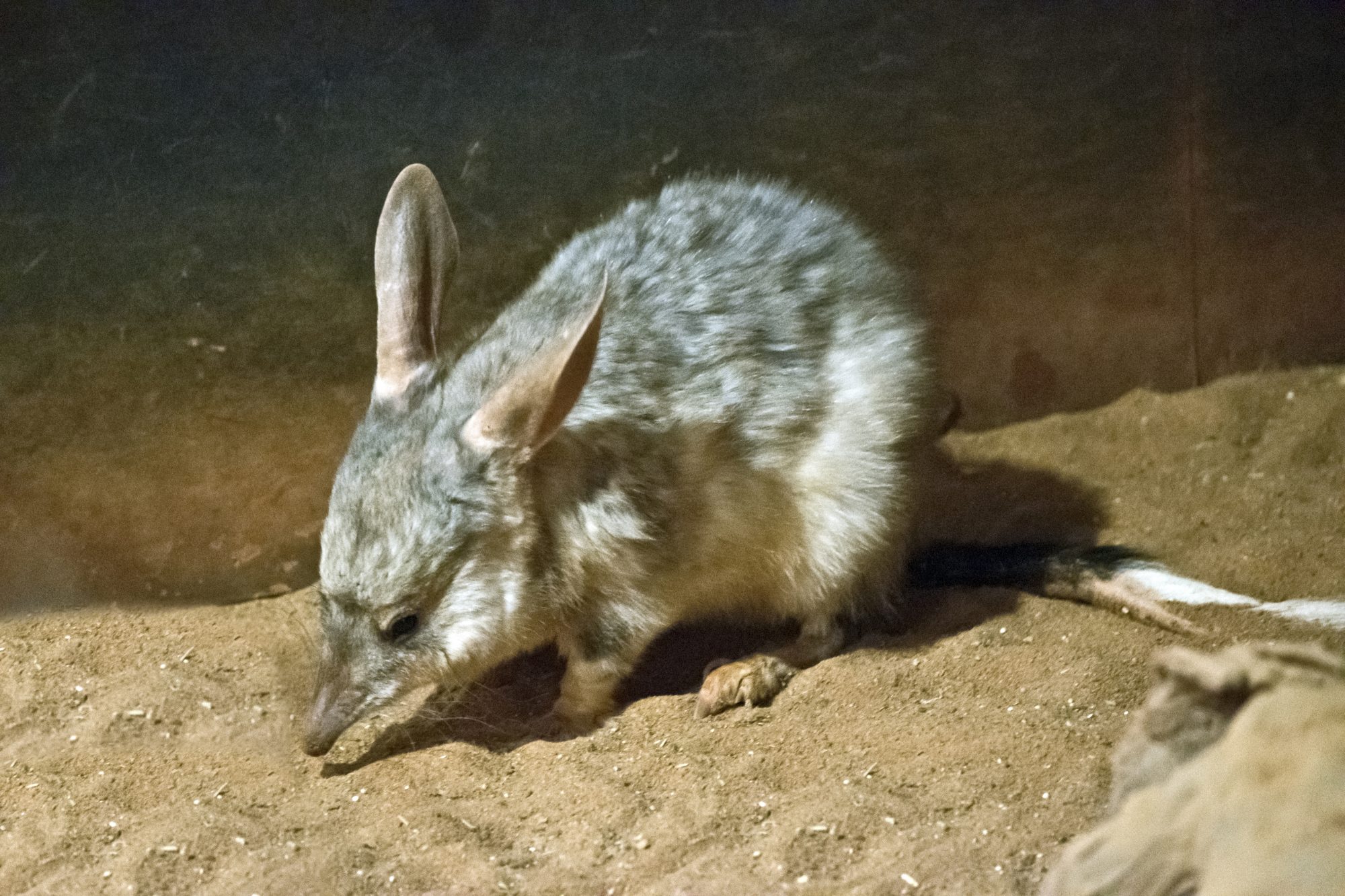
The Australian Wildlife Conservancy (AWC) and New South Wales Government announced the arrival of the first baby Bilbies to be born at Mallee Cliffs National Park in over 100 years.
Last year, 50 adult bilbies were released into a feral predator-free breeding area at Mallee Cliffs by the Australian Wildlife Conservancy (AWC) and the NSW Government as a part of the ‘Saving Our Species’ conservation program. This iconic Australian mammal had not been seen in NSW National Parks for more than 100 years.
Bilbies are marsupials, part of the same family as kangaroos and koalas, and can only be found in Australia. Their populations have been devastated over the past 200 years after being hunted by cats and foxes.
The species is listed as vulnerable to extinction, but one year after the release things are looking pretty good for the Bilby. Ecologists say it gives hope to the threatened species.
6. Red Kites thriving in England 30 years after reintroduction
Our sixth conservation story for 2020 is the continued success of Red Kites in England.
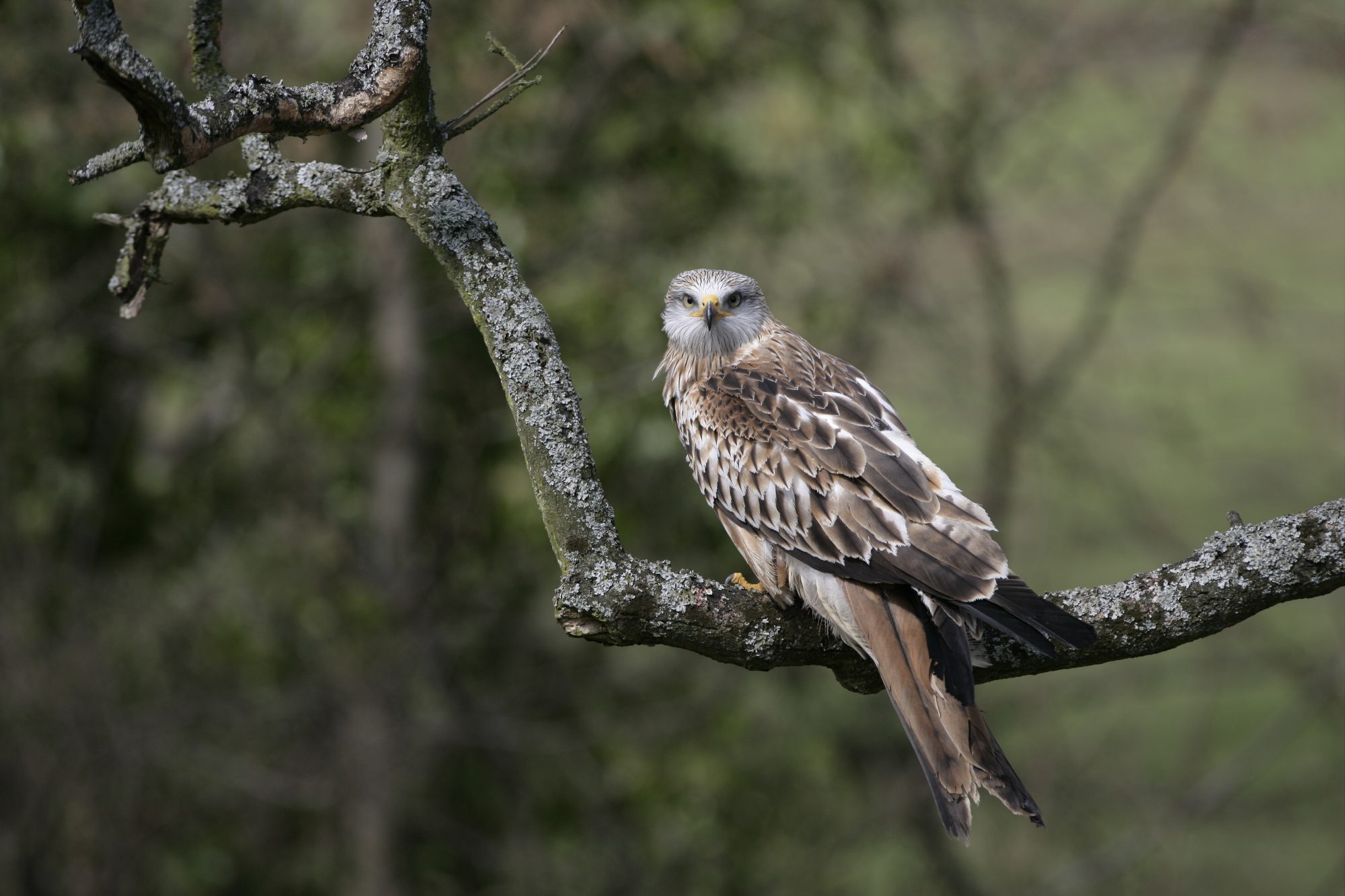
Thirty years after 13 red kites were reintroduced to the UK, there are nearly 2,000 breeding pairs of red kites in nearly every English county
Persecution of red kites and egg collectors saw red kite numbers fall to a few breeding pairs in central Wales. In the 1980s the red kite was one of only three globally threatened species in the UK, and so it became a high priority for conservation efforts. The species slowly recovered in its Welsh stronghold, but in 1990 only 38 chicks were raised there.
The reintroduction of red kites to the Chilterns, by Natural England and the RSPB saw it spread along the M40 corridor, eating roadkill found on the motorway. By 1996, at least 37 pairs were breeding in southern England. Today, there are over 10,000 red kites across Britain.
Jeff Knott, from the RSPB, said: “In the 1980s, anyone wanting to see a red kite had to make a special pilgrimage to a handful of sites. Today it is a daily sight for millions of people. In a few short decades, we have taken a species from the brink of extinction to the UK being home to almost 10% of the entire world population. It might be the biggest species success story in UK conservation history.”
However not to say the threat is gone, red kites still face the dangers of illegal poisoning by bait left out for foxes and crows, secondary poisoning by rodenticides, and collisions with power cables.
7. Researchers are calling for corals in the Red Sea to be protected
2020 saw researchers appeal to UNESCO to declare the Red Sea’s 2,500 miles of coral reef as a Marine World Heritage Site.

Climate change is causing rapid ocean warming, leading to mass global coral bleaching events. It is predicted that 70 to 90% of coral reefs will be destroyed by 2050, highlighting the imminent need for ocean conservation.
Researchers from Bar-Ilan University Have recommended a set of measures to ensure the survival of coral reefs in their paper, which appears in Frontiers in Marine Science.
Resilience of coral in the Red Sea
Corals in the Gulf of Aqaba, at the northernmost portion of the Red Sea, are able to withstand ocean temperature irregularities that usually cause coral bleaching elsewhere. Understanding the resilience of the reef could be vital in ensuring the survival of coral reefs in other parts of the world with warming oceans.
Study leader, Karine Kleinhaus, from Stony Brook University said: “Corals of the Gulf of Aqaba, in the northern Red Sea, may constitute one of the last reefs to survive the century, so it’s crucial that countries coordinate on Gulf-wide research and conservation efforts despite regional political tensions.”
The research highlights the human dependency on the health of the reefs in the Red Sea. They provide food and a source of income to a fast-growing population of over 28 million people. The corals also have the potential to be a source of new medicines.
Although, as towns and cities continue to expand in the region, the coral reefs are being put under greater pressures to provide for more people. Some areas of the reef have already been heavily damaged by overfishing, uncontrolled tourism and coastal development.
The researchers emphasised the urgency of advancing immediate protection of the Gulf of Aqaba to be listed as a World Heritage Site as part of an initiative involving Egypt, Jordan, Israel, and Saudi Arabia.
Ideally, they want UNESCO to recognize the Red Sea’s entire coral reef as a Marine World Heritage Site. Regional scientists and governments need to work together to implement translational research, monitoring, and conservation efforts, as well as seeking support from the UN for a long-term scientific monitoring program.
The following measures were recommended by the researchers:
- Full regional cooperation under the directive of high levels of government;
- Informing governments of the monetary value and vast medicinal potential of the reef to each nation;
- Long-term regional monitoring of the threat to the reefs from new coastal development and the accompanying population expansion; and
- Sustainable development of the Red Sea coastline
8. Namibia receives funding for conservation and to protect jobs
The last success story for 2020 is the protection of conservation jobs and wildlife in Namibia.
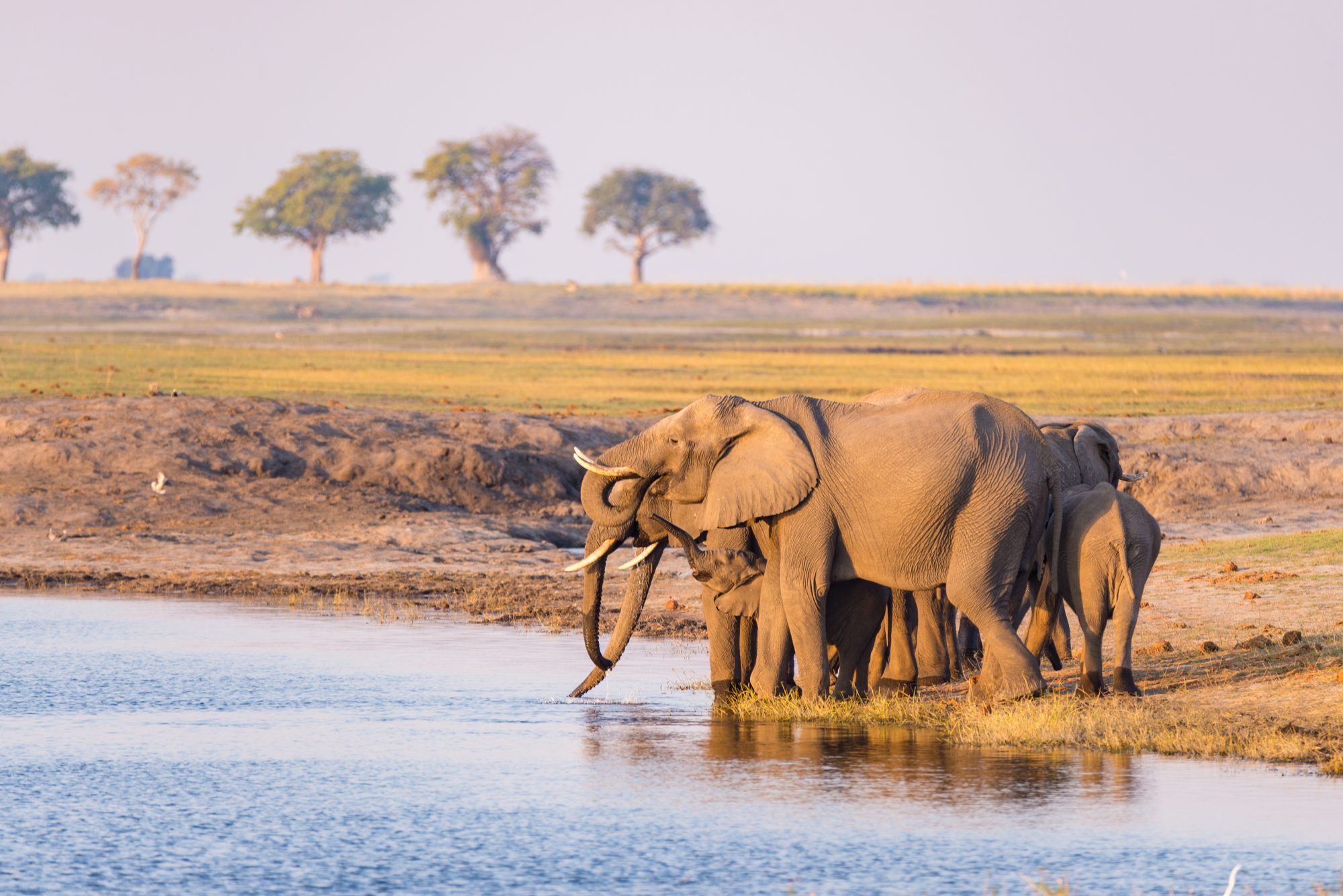
The EU has provided Namibia with €14.5m to protect biodiversity, maintain jobs and secure ongoing activities in the tourism and conservation sector.
Germany provided the € 13m of the funds (N$250m), and the EU made € 1.17m (N$22m) available.
The funds aim to strengthen the Namibian Community-based Natural Resource Management (CBNRM) to improve participation of conservancies in the design and implementation of CBNRM policies and programmes in Namibia.
Minister of environment, forestry and tourism (MEFT) Pohamba Shifeta said the funds form part of the Conservation Relief, Recovery and Resilient Facility which will be used to address the adverse impact of the Covid-19 outbreak.
He also said The Kavango–Zambezi Transfrontier Conservation Area (Kaza TFCA) neighbours (Angola, Botswana, Zambia and Zimbabwe) are experiencing a similar impact.
“In the Kaza region, communities/conservancies are experiencing hardship through the non-existence of wildlife and hunting tourism. National parks in the region are in need of management and operations support to maintain proper natural resource management,” Shifeta explained.
The current global decline in tourism caused by the Covid-19 pandemic has hit Namibia hard. The effects have especially been felt by nature-based tourism companies and members of conservancies.
Ellen Gölz, charge d’affaires at the German embassy, said: “The MEFT and the government as a whole have already undertaken efforts to mitigate the negative impacts and help secure jobs and conservation successes. One of our focal areas of cooperation is the support of sustainable management of natural resources.”











